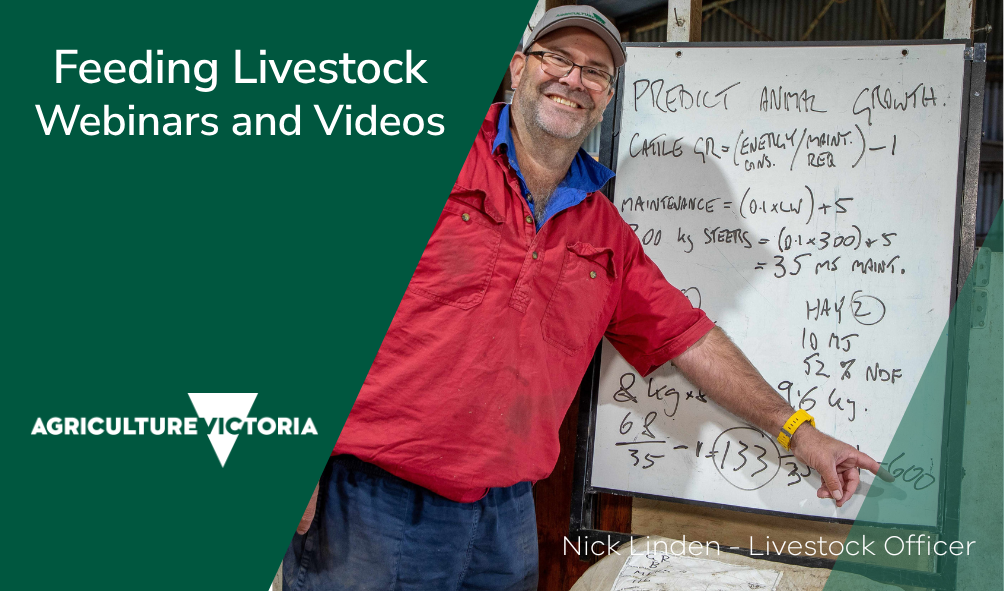Pasture ID Resources
Article printed July 1, 2025. For the latest version, please go to: https://www.feedinglivestock.vic.gov.au/2021/10/06/pasture-id-resources/
There are many and varied resources for helping to identify what’s in the paddock – both improved grass and legumes, native species and many weeds. The list has been compiled as ones used by some of our staff, but there will be others. We welcome your feedback and any further suggestions to add to the list of ones that work well for you.
Hard copy or downloadable resources
Weeds of the South-East
An Identification Guide for Australia
Second Edition
Comment: currently out of print so may need some searching (including for second hand copies)
A comprehensive identification guide for weeds in the south-east region of Australia. This second edition has been fully updated and reorganised to recognise recent changes to the way weeds are categorized and includes many new species and photographs, an expanded illustrated glossary and a completely new section using flower colour and shape as an aid to plant identification.
The book features more than 2500 plant species including weeds of agriculture, bushland, waterways, gardens, roadsides, wasteland and amenity areas, and many new and emerging problem species.
It is illustrated with more than 2000 photographs including spectacular close-up shots.
Written in easy-to-understand language and beautifully illustrated, this is a field guide for anyone interested in the identification of pest plants and the preservation of our native flora. An essential tool for community and government organisations, park rangers, weed officers and advisers, agronomists, landholders, horticulturists, landscapers, amateur naturalists and gardeners.
GRDC Ute Guides
Comment: The hard copies are out of print but there must be a few out and about in utes. One available for download is for weeds in grain cropping.
Pasture Paramedic
This pdf has descriptions and pictures of the main perennial pasture and legume species (including oestrogenic clovers) as well as common weeds.
Identification handbook for temperate Australia by Meredith Mitchell
Comment: This is currently only available as an E-book – so can be purchased through your preferred supplier (e.g. Kindle is approx. $21)
EverGraze Resources
EverGraze have several simple pictorial brochures, click the buttons below to download.
Toxic Plants
Comment: “My go to guide for toxic plants is McKenzie’s “TOXICOLOGY FOR AUSTRALIAN VETERINARIANS”, which comes as a pdf.”
Websites or online
Massey University Online Pasture Identification
Enter the grass; cereal or legume from a drop-down box and the site provides pictures and a brief description.
Comment: As this is a New Zealand site, some of the plant names may be different (e.g. bent grass is referred to as browntop).
Part E – Sub clover varieties and their identification
Comment: Although NSW based, this DPI website has a comprehensive list, commentary and photos of desirable (and undesirable) sub-clover varieties. They are listed in order of maturity dates. “very handy when trying to identify oestrogenic clovers.”
Apps
PictureThis
“A botanist in your pocket”
Identifies plants by pictures and is by annual subscription.
iNaturalist
A weed Identification app.
Use the power of image recognition technology to identify the plants and animals all around you. Earn badges for seeing different types of plants, birds, fungi and more.
CMA’s & Shires
Catchment Management Authorities and Shires often produce booklets or brochure guides to common or important weeds in the local area. Note that they are weeds from a catchment or public area perspective and not necessarily relating to productive pastures (for example phalaris is often included as a weed). A couple of examples are provided below but look out for what is available locally including through LandCare groups etc.
Macedon Ranges
Includes guides and downloads on Chilean needle grass; serrated tussock etc and includes a downloadable brochure with a description and picture of a wide range of weeds.
East Gippsland
The East Gippsland Landcare Network have produced a booklet on called East Gippsland Pastures: A glovebox guide to identifying pasture plants of East Gippsland. This booklet is well put together and a useful guide.

